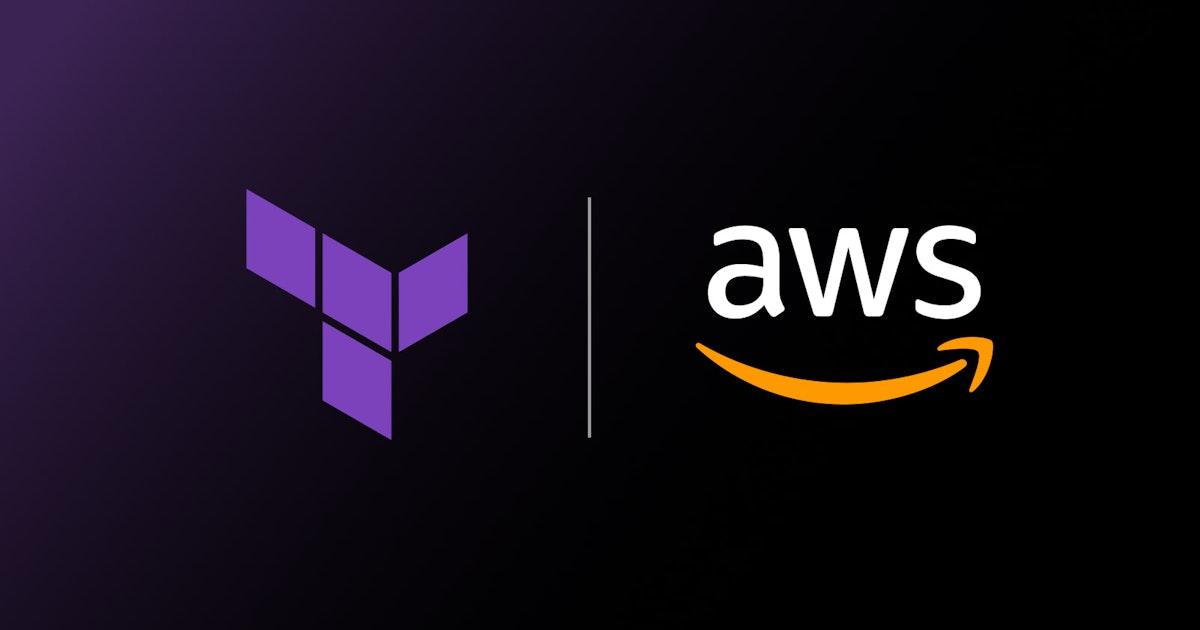The risks of cybersecurity tool sprawl, and why we need consolidation Analysis Report
5W1H Analysis
Who
Key stakeholders include cybersecurity professionals, organisational IT departments, tech firms developing cybersecurity solutions, and possibly government regulatory bodies.
What
Cybersecurity tooling sprawl involves organisations using a multitude of overlapping or redundant cybersecurity tools, leading to increased complexity and costs. The discussion centres on the need for consolidation of these tools to mitigate risks and improve efficiency.
When
The issue of tool sprawl has been an ongoing challenge, with heightened awareness and criticism emerging over the past few years, culminating in this analysis dated 26 May 2025.
Where
This concern affects organisations globally, particularly in densely-networked environments such as the United States, Europe, and regions with a high concentration of digital enterprises.
Why
The primary motivation behind consolidating cybersecurity tools is to reduce complexity and cost, enhance security effectiveness, and streamline operational processes within organisations.
How
Consolidation might involve strategic reduction of tools in use, implementing more integrative solutions, or leveraging platforms that combine multiple functionalities.
News Summary
Cybersecurity tooling sprawl is a critical issue, overloading organisations with complex, costly systems that are inefficient and difficult to manage. The call for consolidation highlights the need to streamline these tools, which can reduce risks and improve overall security posture. This analysis is the first part of a series on the benefits and implementation strategies of cybersecurity tool consolidation.
6-Month Context Analysis
Over the past six months, the cybersecurity landscape has witnessed increased discourse on the efficiency of security tools, with organisations recognising the financial and operational burdens of excessive tool deployment. There has been a growing movement towards unification and smarter integration of cybersecurity systems, often prompted by increased cyber threats that expose the inefficiencies of siloed toolsets.
Future Trend Analysis
Emerging Trends
- Movement towards comprehensive cybersecurity platforms rather than isolated tools. - Increased focus on cybersecurity training to utilise integrated solutions effectively. - Demand for flexible, scalable cybersecurity solutions capable of responding to evolving threats.
12-Month Outlook
Within the next year, organisations may increasingly adopt integrated security platforms, reducing reliance on multiple isolated products. This shift is likely to be accompanied by increased vendor collaboration and mergers in the cybersecurity sector.
Key Indicators to Monitor
- Reports of cybersecurity breaches and their attributed causes. - Financial performance of security-focused tech firms. - Innovations in cybersecurity tool platforms and their adoption rates.
Scenario Analysis
Best Case Scenario
Organisations successfully consolidate their cybersecurity tools, leading to a streamlined, cost-effective security posture with reduced vulnerability and management overhead.
Most Likely Scenario
Progress towards tool consolidation is gradual, with some organisations adopting integrated solutions while others continue to struggle with the complexities of their existing systems.
Worst Case Scenario
Failure to consolidate tools results in increased security breaches and rising operational costs, causing financial strain and reputational damage to affected organisations.
Strategic Implications
- Organisations should assess their current cybersecurity infrastructure, identifying areas for consolidation. - Companies need to foster partnerships with cybersecurity firms offering integrated solutions. - Training programs must be developed to ensure IT staff can effectively manage consolidated platforms.
Key Takeaways
- Organisational reliance on a plethora of security tools necessitates a review to streamline operations (Who: IT Departments, What: Tool sprawl).
- Consider consolidation strategies to mitigate risks and reduce costs (What: Consolidation of tools).
- Evaluate the adoption of comprehensive cybersecurity platforms (Where: Impact on global organisations).
- Monitoring emerging cyber threats can highlight current inefficiencies (When: Ongoing, as threats evolve).
- Enhancing staff training to maximise the use of integrated solutions (How: Through targeted training initiatives).
Source: The risks of cybersecurity tool sprawl, and why we need consolidation













Discussion